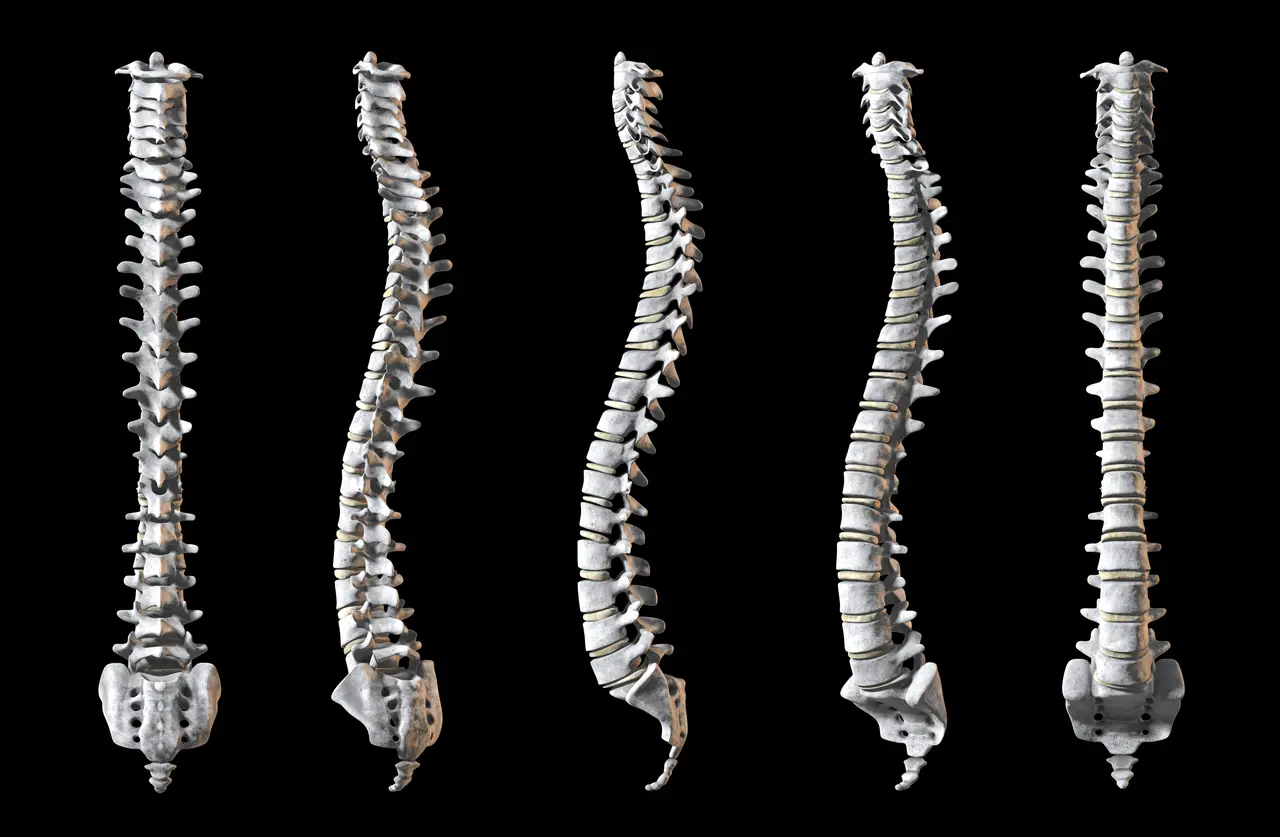The importance of chiropractic X-rays
Chiropractic X-rays at The Posture Doctor play a crucial role in diagnosing and treating patients with chronic pain. They help our qualified and experienced chiropractors identify underlying issues in the spine and joints, allowing for a targeted and effective treatment plan. X-rays also aid in detecting fractures, degenerative changes, and other skeletal abnormalities that may contribute to pain. With the help of X-rays, chiropractors can provide personalized care that addresses the root cause of chronic pain, leading to improved outcomes for patients.

How chiropractic X-rays help with chronic pain diagnosis
Chiropractic X-rays are an essential tool in diagnosing chronic pain. They allow chiropractors to see the structure and condition of your spine, helping them identify any abnormalities that may be causing your pain. X-rays provide a clear picture of your skeletal system, including the alignment of your vertebrae and any potential issues such as osteoporotic fractures, disc degeneration and degenerative changes in the facet joints. This information is crucial in developing an effective treatment plan tailored to your specific condition.
Chiropractic X-rays are done very specifically. The X-rays are taking with the patient in a standing position. Firstly from the front and then from the side. It is well known in many healthcare setting that there is an Ideal Spinal Alignment.
From the Front and Back Views, the Spine should be Straight. This is evident in the first and fifth image respectively. Now from the side the human spine should have three natural curves, this is seen on the third image.

Types of chiropractic X-rays
Chiropractors use different types of X-rays to diagnose and treat chronic pain. These can include full-spine X-rays, which show the entire spinal column, and segmental X-rays, which focus on specific areas of the spine. Other types include stress X-rays to assess spinal stability under pressure, and motion study X-rays to evaluate spinal movement. Unfortunately in Australia, motion studies also known as video fluoroscopy are not allowed. The Chiropractic X-rays help identify misalignments, structural issues, and any underlying conditions causing chronic pain.
Benefits of using X-rays in chiropractic care
The specific X-rays that chiropractors take enables them to create personalized treatment plans tailored to each patient’s specific needs. This included but not limited to a schedule of chiropractic adjustments, specific postural stretching and strengthening exercises. With a better understanding of the patient’s condition visualized on X-ray it also provides a baseline for tracking progress and determining the success of the chiropractic treatment.
Risks and safety of chiropractic X-rays
Chiropractic X-rays are generally considered safe, as the amount of radiation used is minimal and the benefits often outweigh the risks. However, it’s important to be aware of potential risks associated with X-ray exposure, such as a slightly increased risk of cancer, especially with repeated exposure. To minimize these risks, chiropractors use lead aprons and collars to protect the body from unnecessary radiation. Additionally, pregnant women should avoid chiropractic X-rays, as the radiation may pose a risk to the developing fetus.
What to expect during a chiropractic X-ray
During a chiropractic X-ray, you can expect the chiropractor to position you carefully for the X-ray images. You’ll need to stay still during the process to ensure clear images. The X-ray machine will emit a small amount of radiation to create detailed pictures of your spine. The whole process is usually quick and painless, and the images will help the chiropractor assess your spine’s alignment and identify any underlying issues causing your chronic pain.
Interpreting chiropractic X-ray results
Understanding chiropractic X-ray results can provide valuable insights into the condition of your spine and help your chiropractor tailor a treatment plan for your chronic pain. Through X-rays, your chiropractor can identify issues such as misalignments, spinal curvature, or degenerative changes. This information allows them to develop a targeted and effective approach to addressing your specific pain and discomfort. However, it’s essential to remember that X-rays are just one part of the diagnostic process, and your chiropractor will consider other factors such as your medical history, age, physical examination findings, lifestyle factors and current level of health.
Treatment plans based on X-ray findings
Chiropractors use X-rays to accurately diagnose your condition and create personalized treatment plans. The X-ray images help them identify any the level of spinal degeneration that is present in patients spine. This is most evident of the lateral X-Ray view.
To begin with we need to show you what a normal X-ray looks like.
Normal is shown below by the green line. There is a natural curve. All the bones are square and the gaps(discs) in between the bones are of equal height.

There are Three Phases of Spinal Degeneration that we see in our patients.
Phase 1 Shown below is represented by a decrease in the normal curve. All the bones are square and the gaps(discs) in between the bones are of equal height.

Phase 2 Shown below depicts a further loss of the natural curve as well as evidence of disc thinning seen between vertebra 5, 6 and 7.

Phase 3 is a worsening with further loss of the natural curve and more spinal discs affected by loss of disc height. Phase 3 patients are NOT CORRECTABLE

By tailoring the treatment to your specific needs, chiropractors can effectively address the underlying issues causing your discomfort, leading to improved long-term outcomes.
Integrating X-ray findings with other diagnostic tools
Integrating X-ray findings with other diagnostic tools can help chiropractors make a more accurate diagnosis of your condition. By combining X-ray results with other diagnostic methods such as physical examination and medical history and advanced nerve scans chiropractors at The Posture Doctor can gain a comprehensive understanding of your specific condition. This integrated approach enables them to create a personalized treatment plan tailored to your needs, ultimately leading to more effective pain management and overall improvement in your well-being.
Conclusion and next steps
After undergoing chiropractic X-rays, your chiropractor will analyze the images to develop a personalized treatment plan for your chronic pain. This treatment plan may include adjustments, stretches and specific strengthening exercises, aimed at addressing the underlying causes of your pain. As you continue with your chiropractic care at The Posture Doctor, it’s important to follow your chiropractor’s recommendations and attend regular appointments to achieve lasting relief from your chronic pain. If you have any concerns or questions about your treatment plan, don’t hesitate to discuss them with us. We are here to help.










